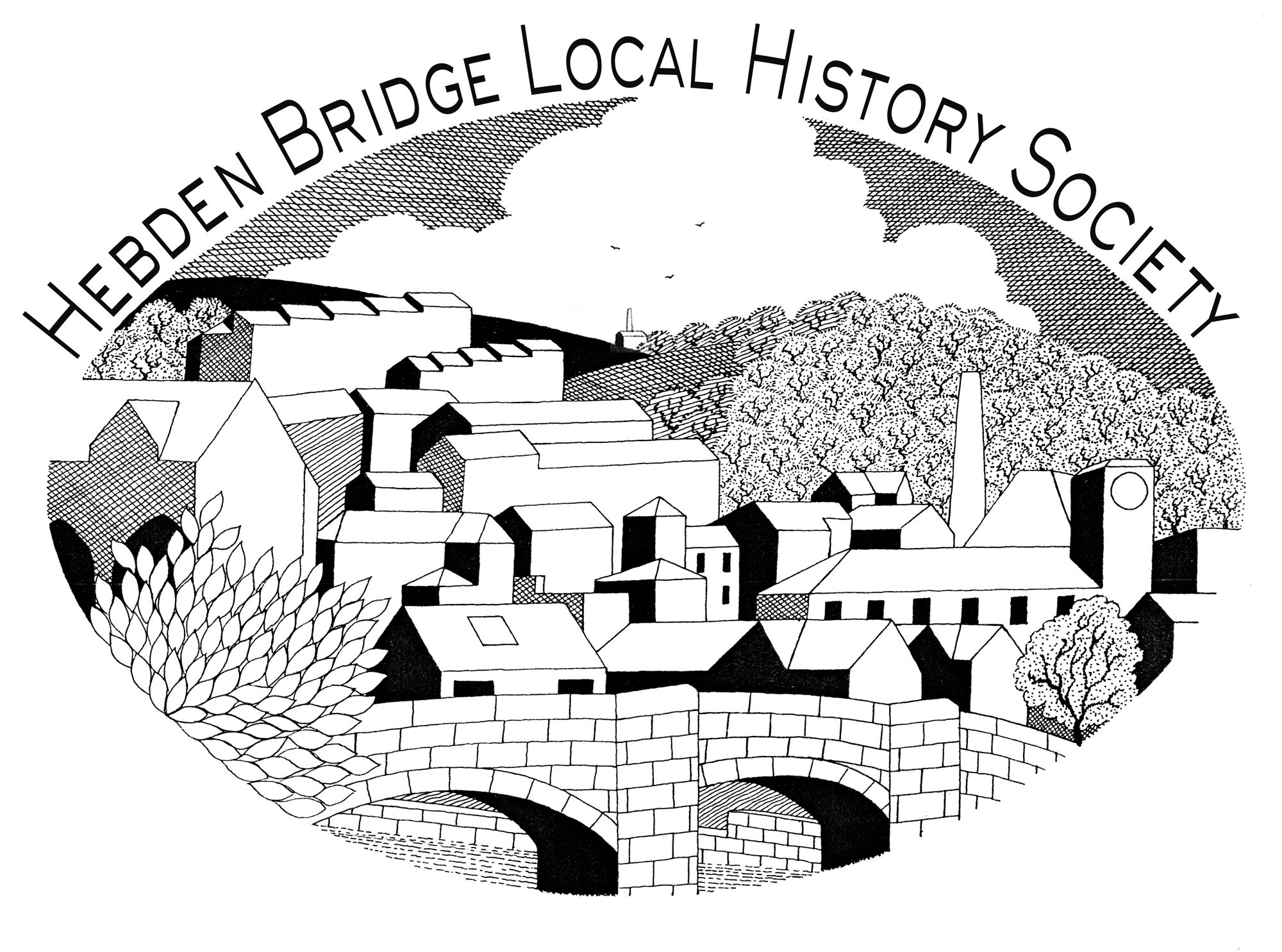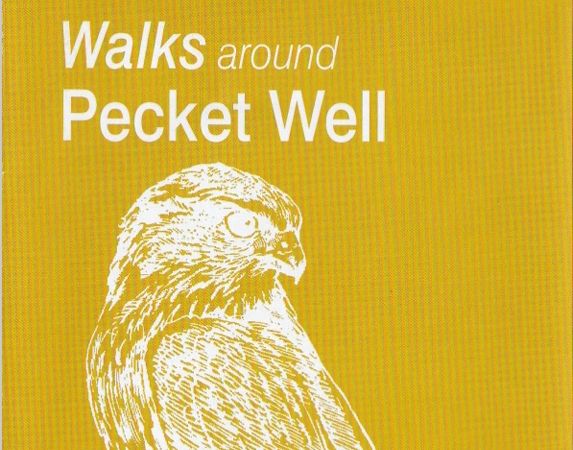Twenty five years after the passing of the Countryside Rights of Way Act granted a (limited) legal right to roam, CROWS volunteer Paul Degnan explained to Hebden Bridge Local History Society how the volunteers work to maintain the network of footpaths so people can access this special moorland landscape. In the Upper Calder Valley and Ryburn Valley there are about 1000km of path and bridle ways. The volunteers of the Community Rights Of Way Service clear the paths, check drainage, renew stiles and gates, install steps on slippery slopes and improve signage.
CROWS is a registered charity, and most of its funding comes from individual donations and legacies, but there is also generous support from businesses and national organisations as well as from Town and Parish Councils. The project to write guided walk leaflets, centred on different villages, was a joint venture with Friends of the Calderdale Countryside. Post-Covid enthusiasm to meet and work as a community gave it impetus and local residents were keen to be involved.
There are three walks centred on Pecket Well, following packhorse routes and causey ways. From 18th century times people practised a dual economy, combining agriculture with weaving. This required routes across the moors to bring the yarn and carry finished pieces of cloth, as well as lime to make the acid soil more productive. Names like weavers’ and limers’ gate still record these routes. The volunteers have uncovered the old stone causey ways which made the trek a little easier. These names and stories like that of a woman from Heptonstall known as the ‘human packhorse’ who tramped to Denholm over hills often thick with snow, carrying the woven cloth, add a special sense of history to the walks.
There are reminders of more recent history too. Smeekin Pike is another sign of a close community which memorialised the local men who died in the First and Second World Wars. Pecket Well Mill with its red striped chimney was a cotton and fustian weaving shed and a major employer in the village right into the 20th century.
Walks on the Calderdale Way and on Midgley Moor have vistas across the valley and the heather moorlands. Here the volunteers have to combat the mud, sometimes providing board walks to keep walkers keep on track. On Midgley Moor there are ventilation shafts, reminders of the engineering needed to get water along stone culverts from the reservoirs to the towns. The shafts cause suction which drives the water along its route. Keelham Gutter is an open stone gully from the spring to a reservoir providing essential water to Old Town Mill. Also on the moor are reminders of ancient inhabitants, making art on the stones with their cup and ring marks.
Stones guide today’s walkers, with boundary markers and new stone paths across the water-logged moorland, maintained by the CROWS. Given the wetness of the Pennines, if you fancy volunteering, ask yourself ‘Do you like playing in mud?’ It's obvious that Paul does!

